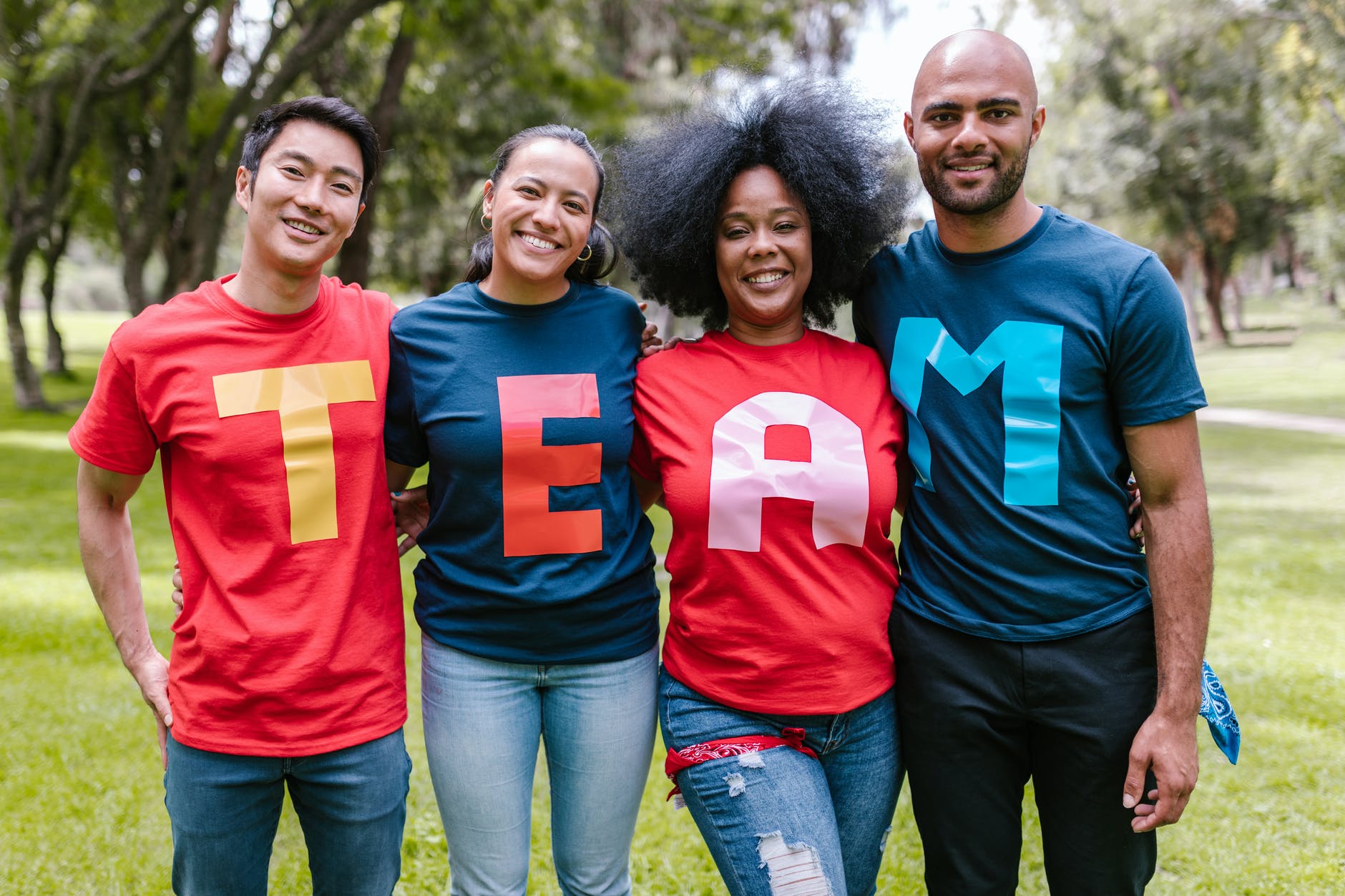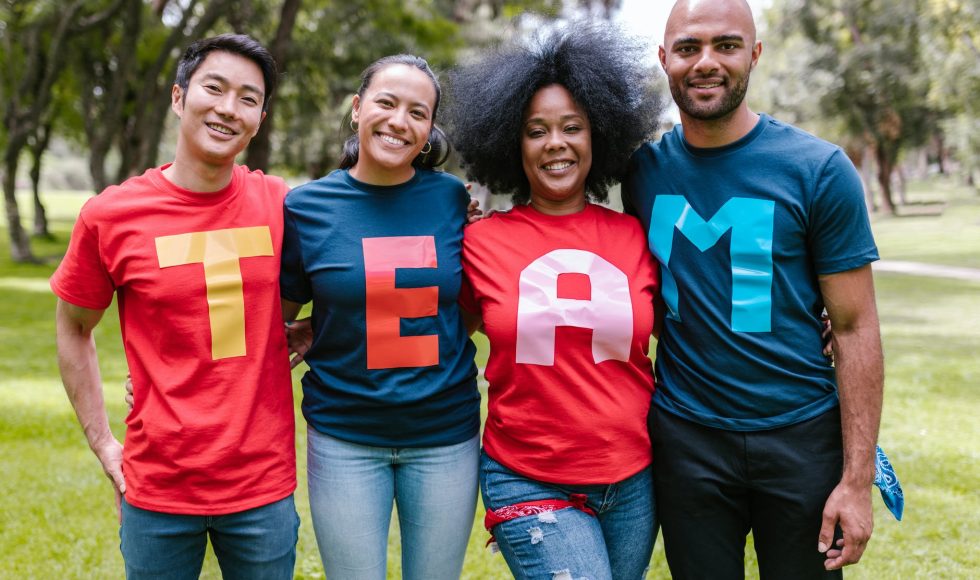Lisa Stoddard and Geoff Pfeifer from Worcester Polytechnic Institute (WPI) presented at the Lilly Conference Online about “Addressing Bias and Stereotyping: Tools for Equitable and Effective Teamwork.” I graduated from WPI and love learning what they have done. They have a 42-year history of high-impact practices, run on a quarter system, and have interactive qualifying projects (IQP) and major qualifying projects (MQP). Eleven years ago they added a first and second-year experience similar to an MQP which is a fourteen-week program. How cool! In the second seven weeks, groups work on a design and propose a solution with a public-facing presentation. WPI’s program is called Great Problems Seminar Program. Pfeifer mentioned that after assessment they noticed that minorities and women were leaving their programs at a slightly higher rate than others after participating in the Great Problems Seminar program. Citing data from Wolfe et al. 2016, a study on teamwork indicated that women and students of color experienced higher rates of teamwork issues. Pfeifer shared data from a multiyear study of the program at WPI reviewing student reflections. Quotes suggested intellectual marginalization with people judging others based on their country of origin. Task assignment bias is “when students assign themselves or others tasks based on unconscious biases of who is more or less capable/suited for specific tasks.” Lack of work recognition is “when student’s contributions are not acknowledged when credit for work is stolen, or when individual work is subsumed under the work accredited to the whole group.” Another experience of WPI students that they noticed was extra work for the same recognition. Students at WPI read about implicit bias and team communication, and they indicated in the research a lack of awareness and implicit bias. Pfeifer mentioned that these reflections in many cases were “high functioning” and it wasn’t until digging deeper that they noticed these issues. The educational group reviewed the asset-based approach to education by Gloria Ladson-Billings and others. Students start with an asset mapping exercise to take an inventory of an individual’s strengths and resources. Students are provided with the inner circle of strengths and resources and then build on it by reflecting and making connections. Students then introduce themselves to groupmates with the asset map and together build an asset chart with the areas they want to grow in. The benefits were that the asset map builds student confidence. One element that caught my attention was that Pfeifer spoke about teaching students the language to speak about teamwork and how to describe their roles. This session is making me think a lot about how to improve group work in BIT 295. I think this ties in nicely with the Critical and Creative Thinking prompts and, as Pfeifer mentioned, de-emphasizing grades and emphasizing the process, and allowing space for experimentation. Pfeifer mentioned doing a course in OneHE!



